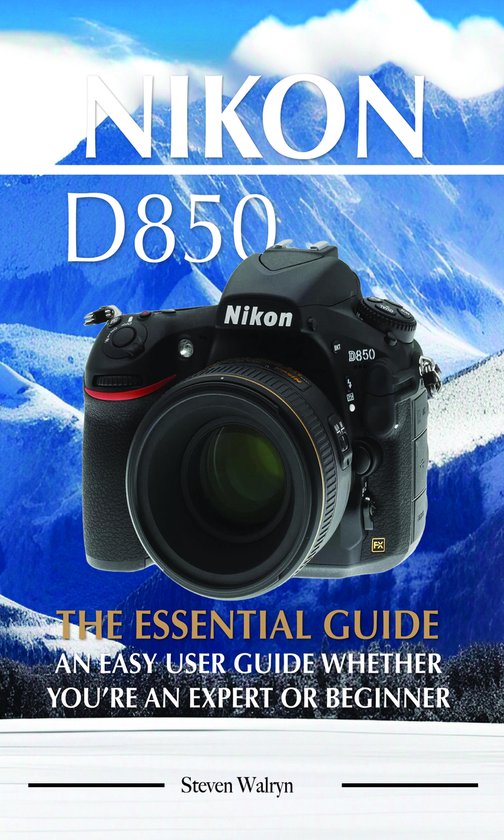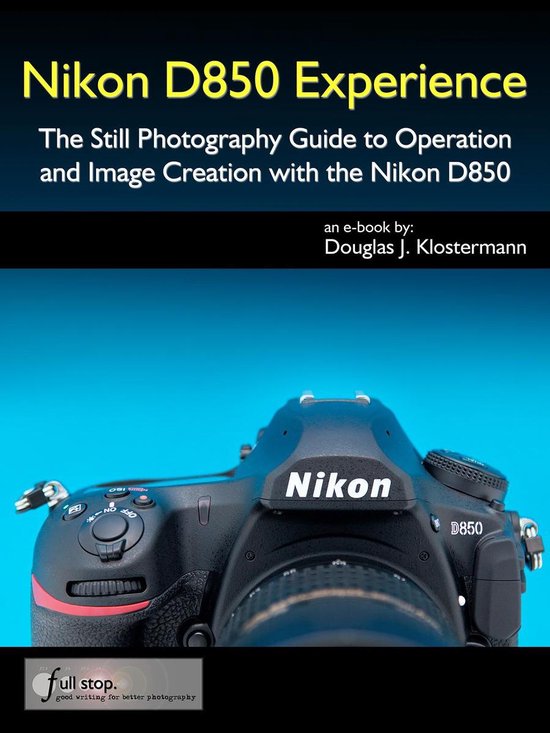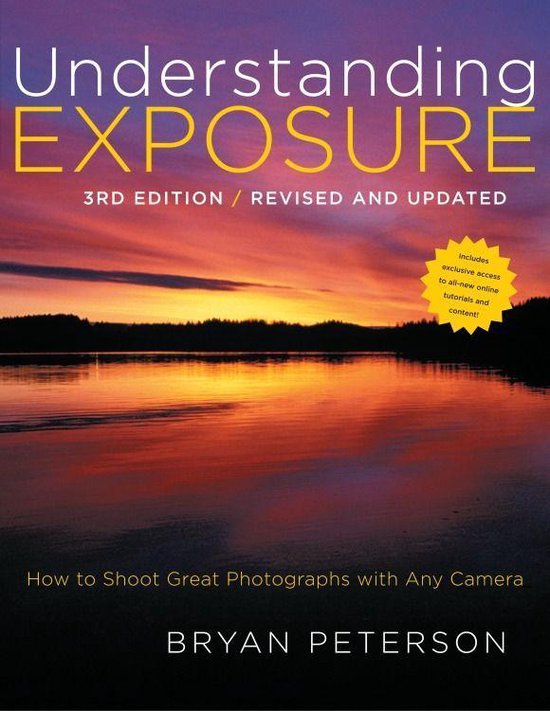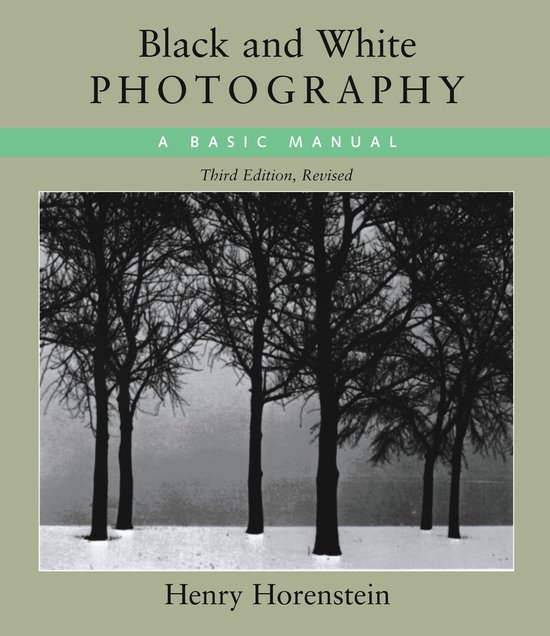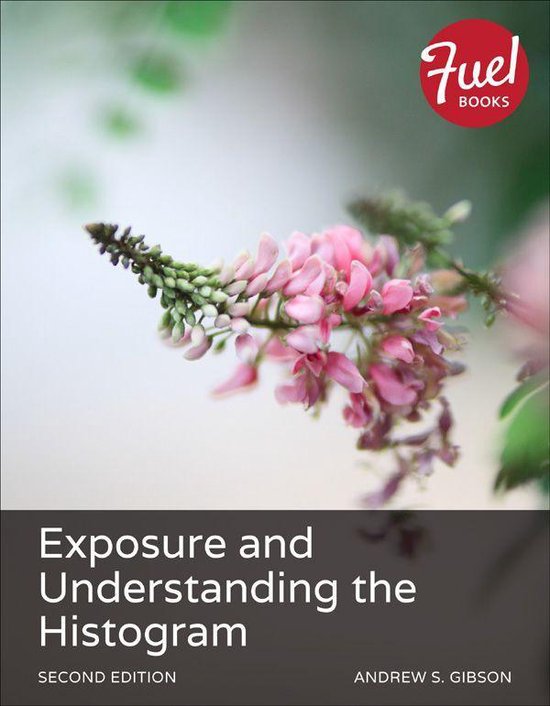
Exposure and Understanding the Histogram
What"s the best way to determine exposure? How do you know which settings to use for various lighting scenarios? Why does exposure differ for digital photography versus film photography?
In this ebook, photographer Andrew S. Gibson answers these questions and more, showing how to use the histogram to obtain optimum exposure in your images. Going beyond simply focusing on how to achieve the "right" exposure for a given situation, he examines how the question of exposure is as open to creative interpretation as any other aspect of photography. By the end of this guide, you"ll understand how to take a photo that is correctly exposed using the tools provided by your DSLR camera.
In this updated edition, he provides in-depth coverage of using Manual mode, including how to use Live View with a filter to make adjustments to composition and focus, and using manual lens attachments to ensure proper metering for correct exposure. In addition, he provides greatly expanded coverage of three key scenarios: the subject brightness matches the dynamic range of the sensor; the subject brightness is less than the dynamic range of the sensor; and the subject brightness is greater than the dynamic range of the sensor. This coverage includes details on how to use diffusers, portable flash, reflectors–and much more.
In this ebook, photographer Andrew S. Gibson answers these questions and more, showing how to use the histogram to obtain optimum exposure in your images. Going beyond simply focusing on how to achieve the "right" exposure for a given situation, he examines how the question of exposure is as open to creative interpretation as any other aspect of photography. By the end of this guide, you"ll understand how to take a photo that is correctly exposed using the tools provided by your DSLR camera.
In this updated edition, he provides in-depth coverage of using Manual mode, including how to use Live View with a filter to make adjustments to composition and focus, and using manual lens attachments to ensure proper metering for correct exposure. In addition, he provides greatly expanded coverage of three key scenarios: the subject brightness matches the dynamic range of the sensor; the subject brightness is less than the dynamic range of the sensor; and the subject brightness is greater than the dynamic range of the sensor. This coverage includes details on how to use diffusers, portable flash, reflectors–and much more.
| Auteur | | Andrew S. Gibson |
| Taal | | Engels |
| Type | | E-book |
| Categorie | | Vrije tijd & Hobby |
